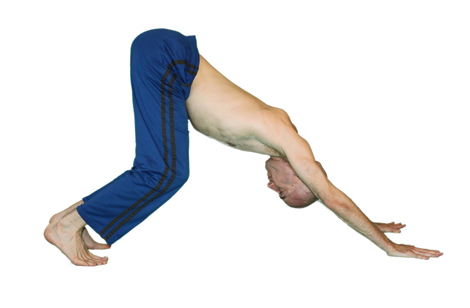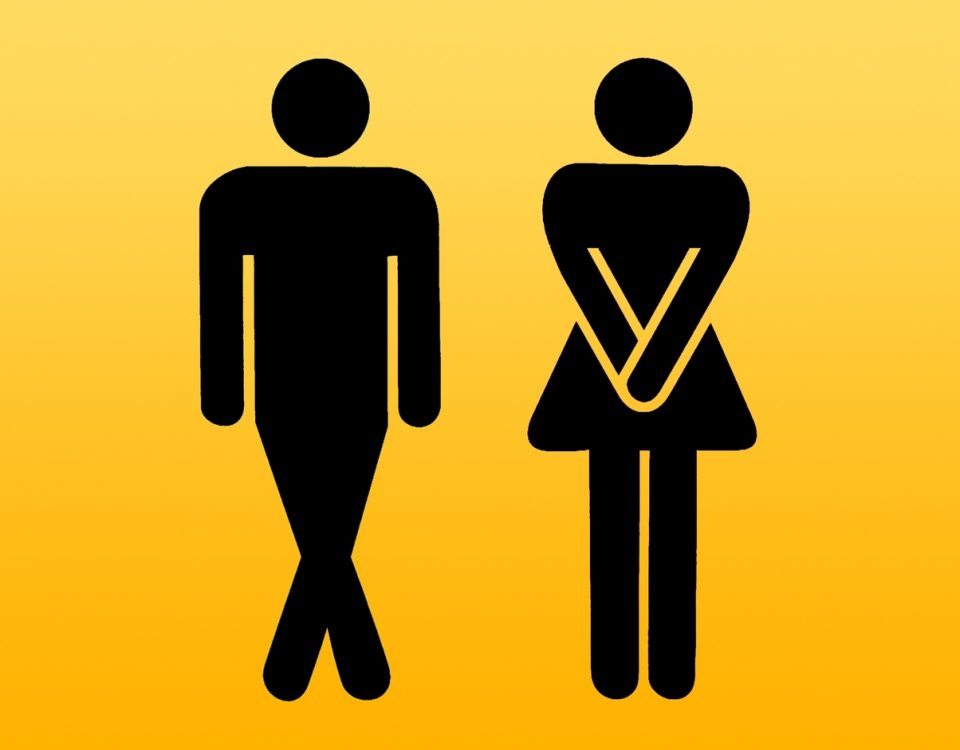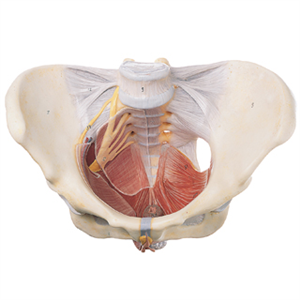Yoga practitioners are movers. We love to stretch, strengthen and feel good in our bodies. We have experienced over and over again that feeling good in our bodies means feeling good in our minds. But what happens when our bodies do not feel good? What happens when we are asked to take out the physical component out of a yoga practice? This is where the true benefits of your yoga and meditation practice will come to light!
Yogis are often the WORST patients when in comes to being injured. We are used to feeling every nook and cranny of the body. We are sensitive to every muscle, tendon and ligament. And the truth is, sometimes our own biases about our bodies and what we think we can or cannot do get in the way of true healing.

Our bodies are messengers trying to communicate a message we may have missed from a soul level. Sometimes when we ignore over and over again, we get knocked on our ass and are asked to be still and listen. Here are 3 things you can focus on while injured that will not only help you heal faster, but will help you go beyond just physical healing.
1. Increasing Presence
An injury will test your ability to be present with your body more than anything! Many of us have a pattern of mentally checking out or dissociating from the body, which usually comes from a pattern that started in unpleasant childhood experiences. It is a total moment to moment, day to day practice to stay in your body when you have anxiety, are in pain or are uncomfortable in any way. This goes for both physical and emotional discomfort! If we do not become aware of and mindfully work on this pattern when we are injured, it is more likely we will tweak something again by moving unconsciously.
Practical application: Start treating transitions like poses themselves.
IE: If you are working with a lower body injury, notice if the weight through your feet is equally distributed when going from sit to stand. If you are working with an upper body injury, notice when you are driving if the back of your head touches the head rest or if you’re in a forward head posture.

2. Becoming Aware of Subconscious Tendencies
When we are forced to take it easy because of an injury, the habitual nature of our minds will come to the surface. If you are used to pushing yourself in your life, you probably push yourself in your Yoga practice. Note: the style of Yoga you are attracted to is not necessarily the style of Yoga that’s the most balancing for you. As you come to realize you are physically not able to do what you used to doing, the mind gets louder and louder. There is a tendency to focus on the things we cannot do. This may highlight a tendency to focus on the negative.
There is also an opportunity to look into what emotional component corresponds to what area of the body you’ve injured. For instance, a lower back injury can represent feeling a lack of emotional and/or financial support and is related to the first (root) chakra. Check out the Roby chart for more details on chakras, body parts and emotions.
Practical application: When you catch a thought focusing on something you can’t do, think of something you can do that will still feel good.
IE: Lay or sit in a comfortable position and chant RA MA DA SA, a mantra that will raise your vibration to that of Divine healing. Here is one of my favorite versions by Jaya Lakshmi and Ananda: https://open.spotify.com/track/3aqwfANGy3oxkFcLDVztNz

3. Accessing a New Understanding of Poses
When the physical body is healthy and functioning, we can move through a Yoga practice fairly seamlessly with our muscles becoming more strong and flexible. With an injury like a muscle strain, there is scar tissue and tightness that occurs during and after the inflammation process.
When you are first injured, there is a period of time where the body needs you to restrict activity and/or rest depending on the injury. This is called the acute stage, which usually lasts 3-5 days. This is usually the most painful time of the injury when all the inflammation and swelling is happening. This is when it is necessary to avoid stretching! This is so you do not stress any micro-tears you may already have in your tissue. This is a good time to focus on your pranayama (breathwork) and meditation practice.
After that first stage, we enter the subacute stage where there is less pain and more mobility, but the scar tissue is still fragile. This is the time we most commonly will re-injure ourselves because we feel better. So it is important that when we get back on our mat, we move slower to feel exactly when the stretch starts so we do not over-stretch fragile soft tissue. This is not a time to push, but to back off a bit and listen to the body deeply. It’s always a good idea to move slower and use the breath to intensify any stretches, rather than pushing into it.

On a personal note, I was used to practicing more intermediate backbends. I had never had the physical experience of tight hip flexors and most poses that stretched the hip flexors were fairly easy for me. Once I’d had some repetitive strains to my hip flexor, this completely changed. I was asked to go slower, back off and use my breath to intensify stretches. And then I could feel poses very differently. I could feel which poses stretched the top of hip flexors, the front of them, which poses stretched the sides of them, etc…And most standing poses became totally new for me, a new exploration of the intricacies of holding poses and moving in and out of them.
Practical application: As you get back on your mat, hold your first pose for 5-10 breaths and then walk around the room to make sure you didn’t aggravate anything. Come back to your mat, try the next pose for 5-10 breaths.This is especially good for a lower back injury. Keep your practice shorter than usual, but make your savasana and meditation longer than usual. *

Dr. Somer Nicole
Founder of YogaDoctors.TV
Doctor of Physical Therapy
Kundalini and Hatha Yoga Teacher
CranioSacral Therapist & SomatoEmotional Release Practitioner
Reiki Master/Teacher




